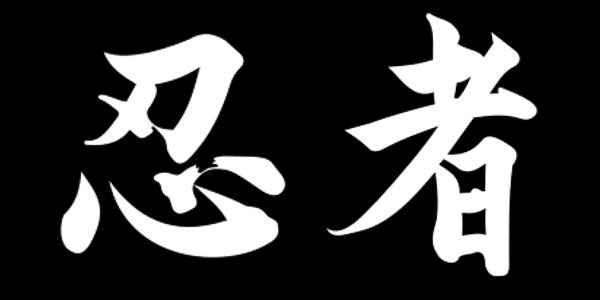Over the last few days I have had a few occasions to discuss what Jujutsu is and what Jujutsu is not, and in both cases the person I was talking with made a statement implying that Jujutsu is merely a blend of karate, Judo, and Aikido. During the first discussion it was obvious that the other person truly understood what Jujutsu was, but felt this was an accurate summary, and in the latter discussion the person truly believes that if you precede a Judo throw with a strike, it becomes Jujutsu.
Though I completely understand the gross simplification of comparing Jujutsu as a blend of Judo, Karate, and Aikido, because of the superficial similarities, I feel compelled to try and point out the vast differences in this view.
I also know that what I am writing, my views and opinion on this topic, will rub certain practitioners the wrong way. This will happen because there are many people training and practicing arts that they call Jujutsu, but which have little or no historical ties to any legitimate form of Japanese Jujutsu. These systems, such as Miyama-ryu Jujutsu, Ketsugoryu Jujutsu, Icho Yama-ryu Jujutsu, etc., are very effective and practical Goshin-jutsu (self-defense) systems, but are not Jujutsu.
To paraphrase Tony Annesi, Karate and Jujutsu each present us with a philosophical “paradox” when applying them in self-defense. Karate says, “Do not fight until pushed to the limit. When there is no other choice, then fight full-out, to the death if necessary.” Jujutsu says, “Harmonize with your opponent and try to frustrate his aggression or, if necessary, control it through the use of his own overextended balance and strength.” If pushed to the limit Karate resists while Jujutsu accepts and redirects. And yet a technical direction in each art seems to contradict the philosophical route each prefers.Karate insists that the first movement should always be defensive. Jujutsu suggests that one can catch an opponent more unaware and off-balanced if one “attacks the attack”. Yet Karate is often seen as an aggressive art; Jujutsu is seen as a defensive art.
The primary difference between a true jujutsu systems and a goshinjutsu system created by blending karate-like striking techniques, with Judo-like throws, and Aikido like joint-locking is that the principles of the arts of karate, Judo, and Aikido do not readily blend together; resulting in conflicts within the very foundation of the system. A true jujutsu system utilizes a common set of principles and heiho (strategies and tactics) regardless of the type of technique being applied, be it throwing, joint-locking, striking, a weapon technique, etc. This common set of principles and tactics is very evident when the jujutsu practitioner is moving between the various combative ranges. They are able to make these transitions seamlessly without having to change how they view or interact with the attacker; for systems without this underlying foundation these transitions are problematic because it is necessary for them to abandon their existing tactics and switch to the tactics that are appropriate for the new situation. These transitions take time.
There are several other differences between traditional jujutsu and the hybrid systems. While there appears to be a great overlap in throwing and kansetsu waza techniques, a practitioner merely needs to be uke for some of these techniques to quickly realize the differences. Movements tend to be tighter, joint-locking techniques tend to attack the joint with more intensity and usually at more then one location at a time. There is subtle differencing in how kuzushi is applied in nagewaza (throwing techniques), and many of the throws of jujutsu it is necessary for uke to have a full understanding of the mechanics of the technique in order for them to receive it unscathed. This is because of the slight difference in angle and application of power in many jujutsu nagewaza is specifically designed to damage and injury.
The application of atemi-waza is also different, sometimes in the mechanics and sometimes in the intent and application. Though there are many jujutsu atemi-waza that are damaging in and of themselves, the primary purpose of atemi-waza in jujutsu is kuzushi (the physical and psychological destruction of the attackers balance).
This combination of physical, psychological, and tactical differences results in a very different feel and flavor. The jujutsu practitioner views combat as a last resort, but when unavoidable, they are very dangerous and very much at home. Because of the nature of traditional jujutsu it is impossible to safely fit it into any type of competitive forum. This means that regardless of what it might be called by promoters or competitors,
competitions and sporting events that present themselves as representing jujutsu, are merely misleading the public.
Does this mean that a traditional jujutsu practitioner would always be successful in acompetitive forum…not at all; in fact they would find himself or herself at a distinct disadvantage, being that they are unaccustomed to the rules and limitations imposed by the various competitive venues. My experience has been that most traditional jujutsu practitioners have little to no interest in the more sporting side of martial arts.



